5 Reasons to Plan a Travel to French Polynesia
Everybody could tell me but you still have to give me reasons to plan a travel to French Polynesia?, with those spectacular beaches and those dreamy landscapes, I’m sure not. But I give you different reasons for planning a trip to French Polynesia that are not very common to see in the tourism agency flyers.
1. The Historical Heritage
If I’m sure they’ll tell me they don’t go to a beach spot to see historical heritage, or art museums. But attention, in Polynesia you have to open your eyes well, because the heritage will not necessarily be found in the corridors of a large museum.
Polynesian culture has existed for centuries, and despite having perhaps lost a little when Europeans came to the place, their love for their roots and customs to the fact that many places remain preserved and protected.
The Maraes that are sacred sites in the Maori culture, should be the first places to visit, and you will find at least one on each island. Its meaning must be absolutely understood in order to apprehend this culture of the Pacific and its origins.
These places of worship are often the origin of populations on other Pacific islands. Plot the hierarchy of each of them will explain many times the size and importance of each island.
In fact, it is said that the Marae de Raiatea, which is also a Unesco World Heritage Site, is the origin of all the other Maraes in the Pacific. According to legend, from there were taken each of the stones that founded all the other sacred sites.
Likewise, many natural places, such as grottos, waterfalls or valleys will have a history and meaning in the culture of French Polynesia, which would be interesting to know, to understand the energy that these sites transmit. Later I talk about this of the local energy.
2. The art of Polynesia through dance
Firstly, the most obvious thing; traditional dances that tell a story and its relationship with the environment and people. Traditional dances in Polynesia are not a purely touristic element, they are not made to amuse the tourist, they were there, always, and the tourist became a fortuitous expecter.
Everyone dances, the whole community participates in dances in some way, everyone does something, it is the case of what is seen on a large scale in the largest festival: the Heiva, organized every year for a month between June and July. From the one who makes the ornaments, the natural costumes, the food for those who dance, to the one that cares for the children of the participants. It should be noted that dance groups are entire communities and not professional dancers.
Only those who perform in the individual category are often professionals dedicated to dance but it is not obligatory.
There are different types of dances in Polynesia, and they are easy to distinguish. This is the strong and virile dance of the Marquisas and the most delicate dance of Tahiti. Within the Tahitian dance are distinguished 4:
3. The art of Polynesia through craftsmanship
On each island you will surely find something specific in which you have specialized. In Moorea are pineapples and their derivatives, in Tahaa vanilla, pearls will be found on several islands but their zenit is found in the Tuamotu archipelago. The fact is, there’s a lot to discover in craftsmanship.
Without a doubt, the cultivation of pearls is the most important craftsmanship of Polynesia. The production of jewellery from these has become an important local industry. And you’ll find beautiful things, even at very affordable prices if you avoid the big producers and go to the small artisans.
The work of wood, coconut, is another thing you will see frequently, it comes essentially from the Marquisas Islands. Generally you will find the figures that are important locally: tikis, sacred animals (sharks, rays, turtles…). Likewise carved elements that tell or stories or represent deities.
The pareo, not the one that comes from Indonesia, but the one they do for real on the island. It is often an activity proposed to tourists. Some explain how to paint fabrics from traditional dyeing with elements found in nature.
The monoi, ubiquitous, is the specialty of the islands, born of the union enters the flower of tiaré and the coconut. This flower is everywhere, and it will be received frequently as a gift when it reaches somewhere. The unique smell of this flower managed to trap it in a coconut maceration to obtain what we now know as Monoi oil.
And I’m sure they’re missing a lot of other things.
4. Mana. The main element to plan a travel to French Polynesia
Something difficult to explain, and that only if you reach Polynesia with your eyes and your heart wide open, will you be able to feel it. It will be that feeling that will make that place unique, and that will invite you to relive this journey again and again in your minds, and you will want to return to feel it again.
Mana will always be a strange word for those who have not visited Tahiti, and the most ‘impure’ will think it is a marketing concept to attract tourists. It’s quite the opposite. It is considered a spiritual, irrational and exceptional power, and is very anchored in the local culture.
Mana is the strength of Polynesia, it is the energy that emanates from nature, people, animals, the quality of the soul of the place. It’s what makes you stronger, calmer. Only if you visit these islands will you be able to feel that sacred energy and understand it. Describing it in words is difficult.
That energy that disconnects you from what you consider important daily and connects you in an unusual way with nature and its rhythms, its colors, its fragrances. Mana can be object, as can be a verb that distinguishes something, there can be mana, or give mana. It’s both concrete but ethereal. It represents so many notions that for an inadvertent traveler they are not easy to understand or to grasp.
Being on some of the islands of Polynesia and quietly contemplating its landscapes, fully entering the sincere smile of your people, you will feel that vibration. Go further, Polynesia is not the classic beach destination for cocktails in a festive open bar during the evenings. Polynesia is a place where it is possible to reconnect with nature, which will make you live and adapt to the rhythm that only it imposes.
5. The imposing nature, not only beaches
It would be absurd to set aside one of the main reasons for planning a trip to French Polynesia: its imposing nature. Not only the incredible colors of its crystal clear waters. You will be so much or more surprised by its mountains and the profusion of flowers that grow in any corner and without any effort.
Nature that is also expressed in an impressive marine diversity. It is a place where you can see and share with fish and marine species that elsewhere are difficult to see.
With waters of extraordinary visibility that are a paradise for snorkeling and diving. The Tuamotu Islands are an exceptional destination for these activities.
When traveling to French Polynesia, always remember to keep this paradise and leave it the same or better as you found it. Therefore:

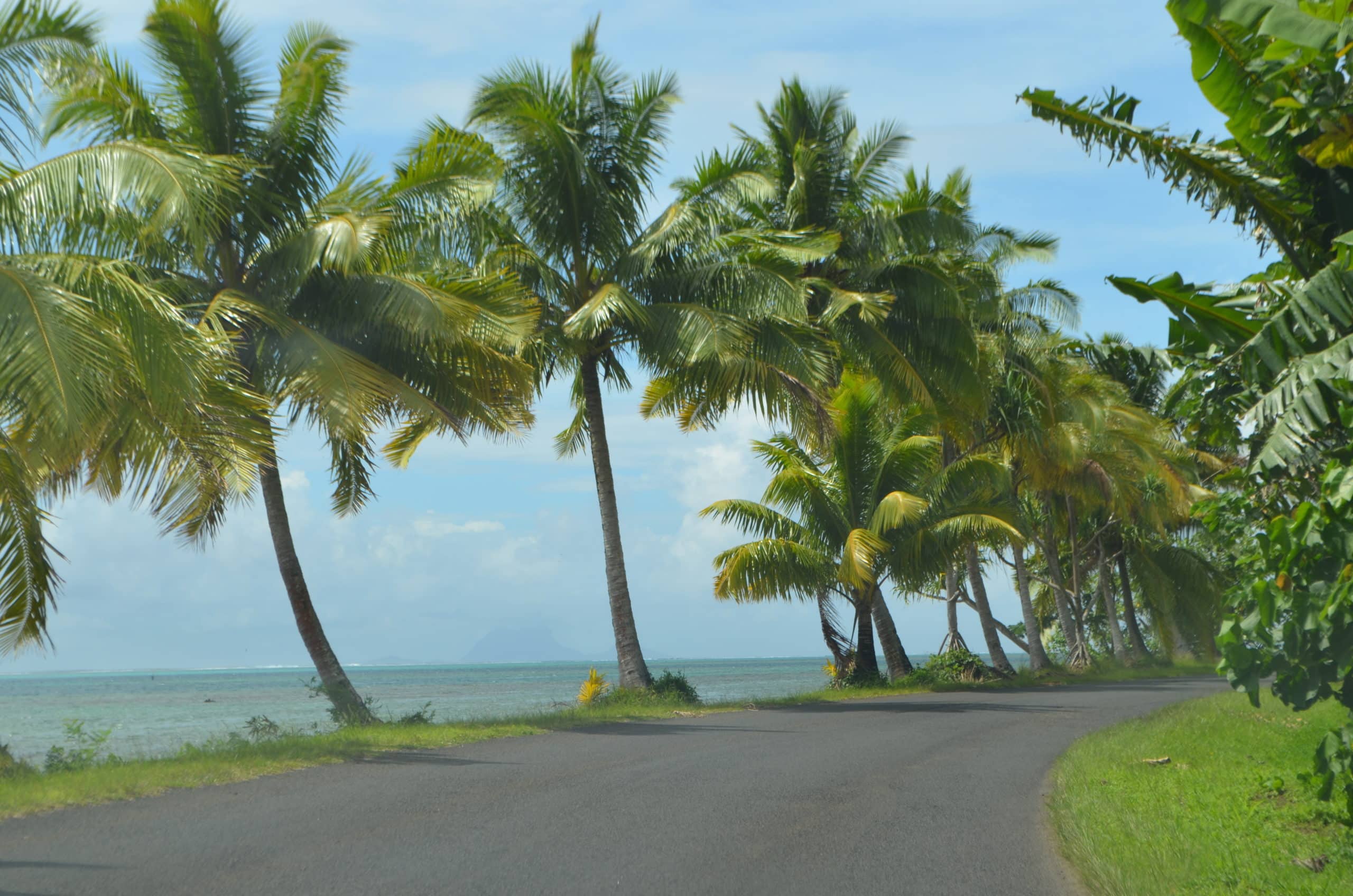
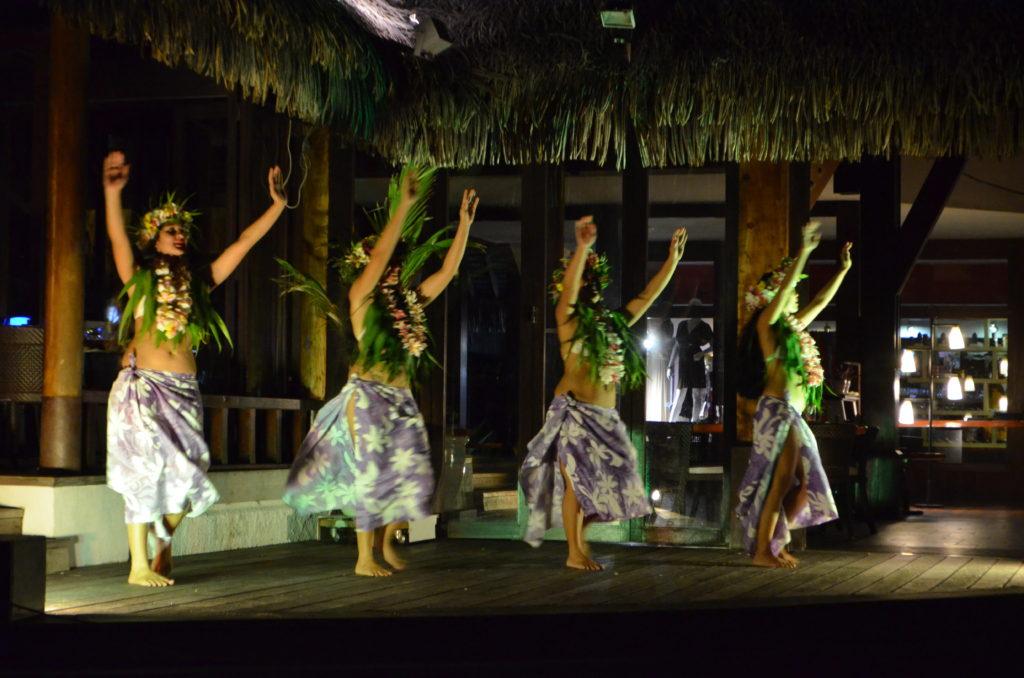
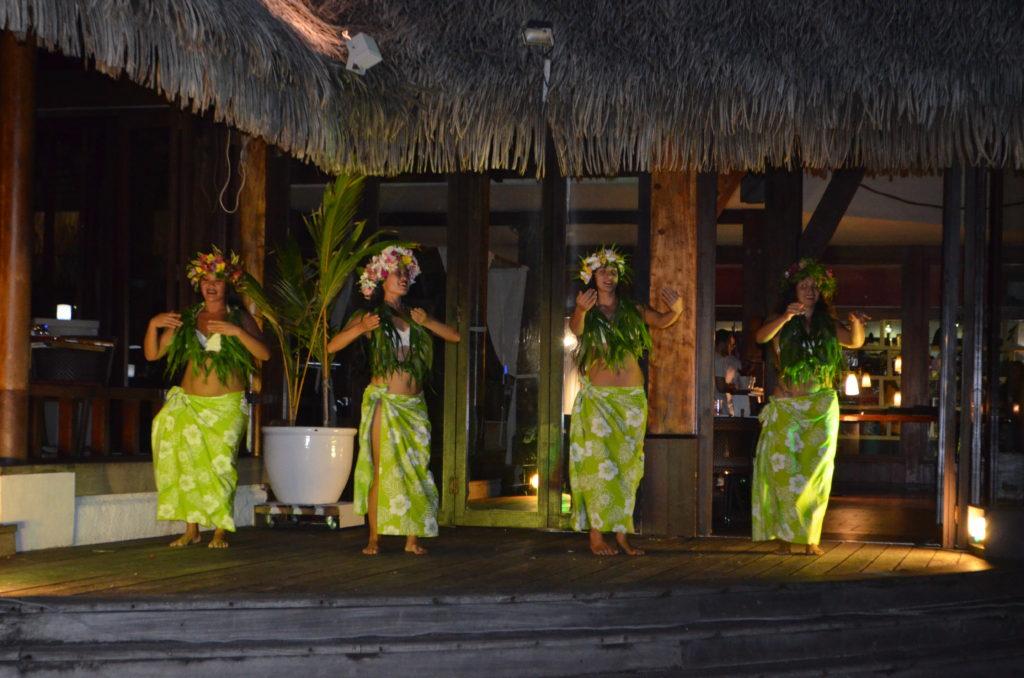
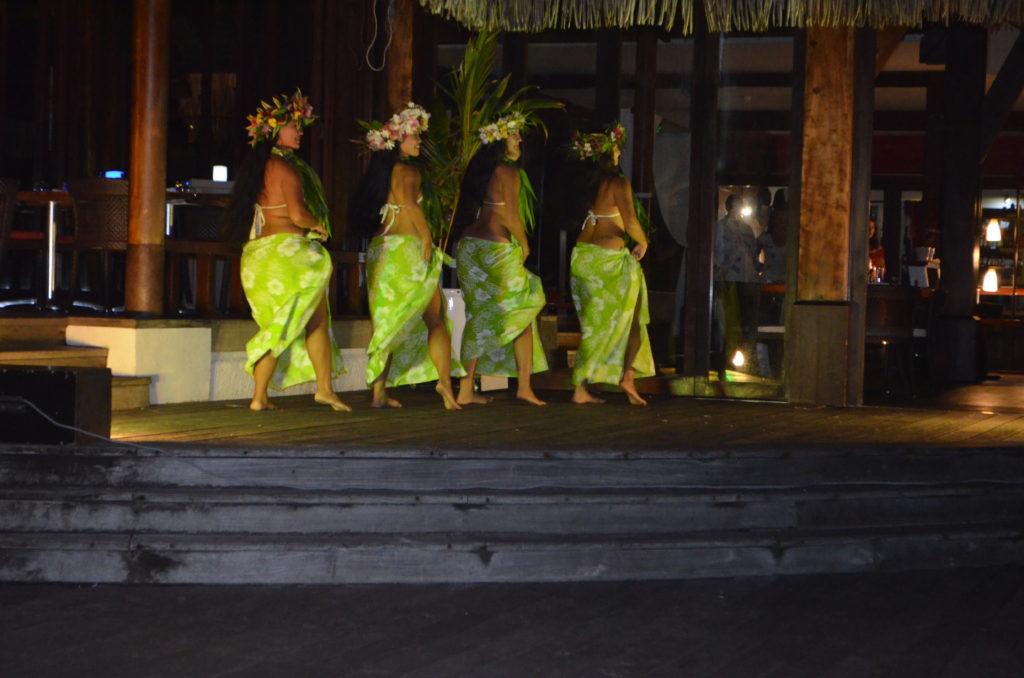
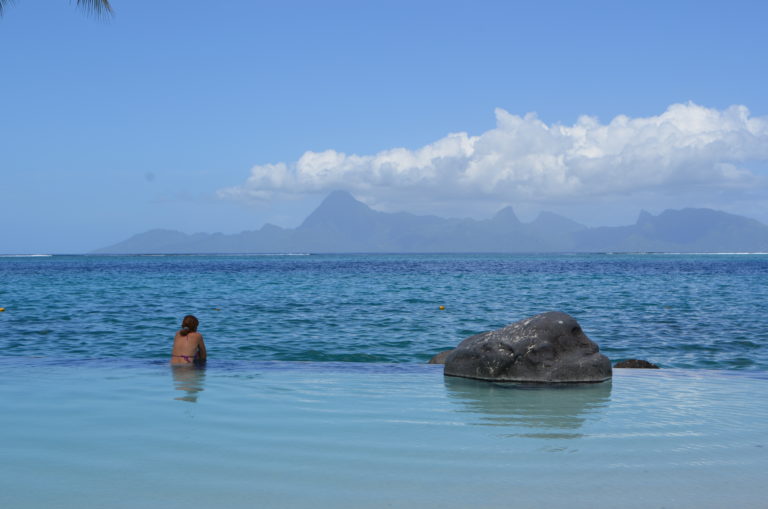
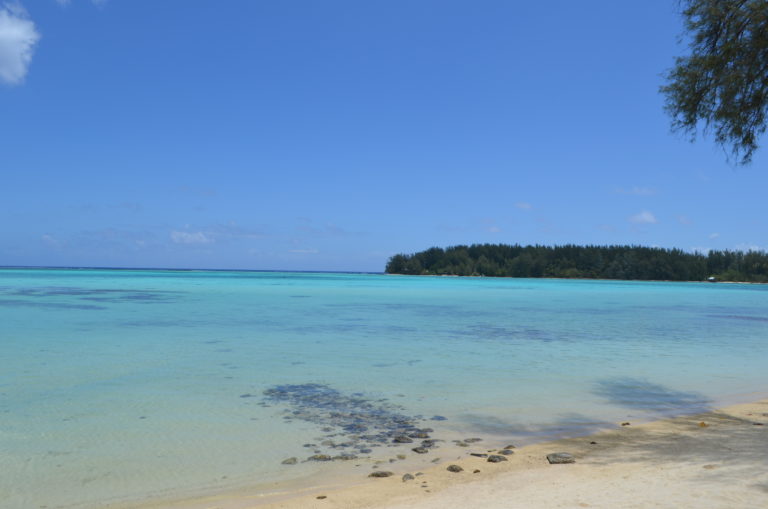
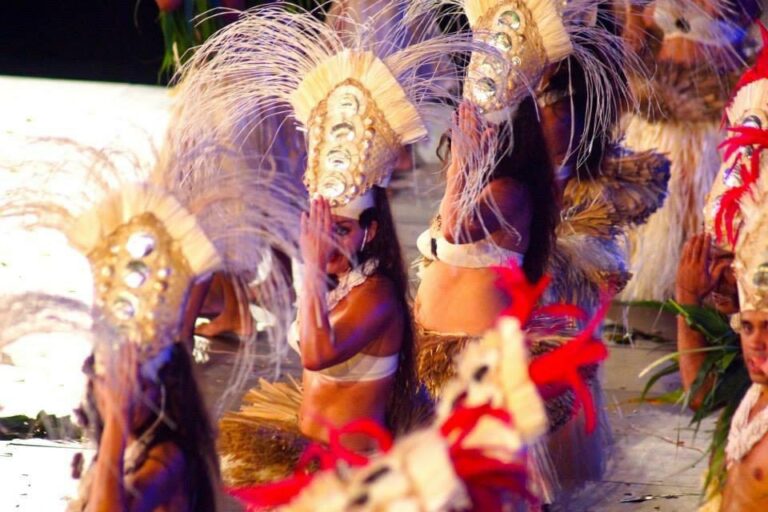
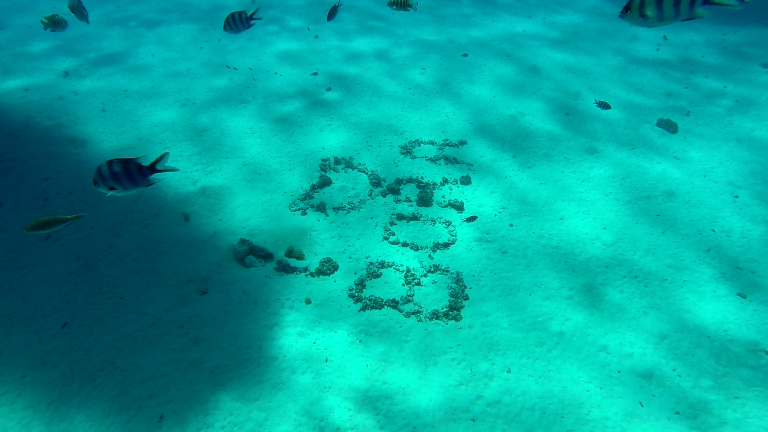
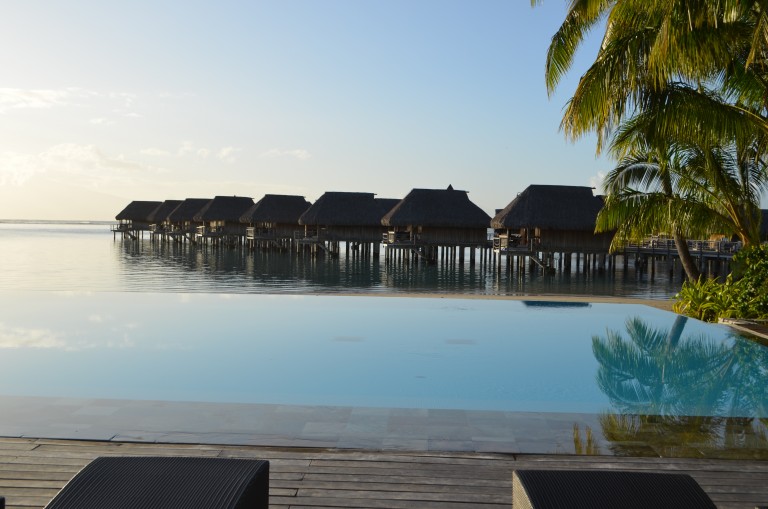
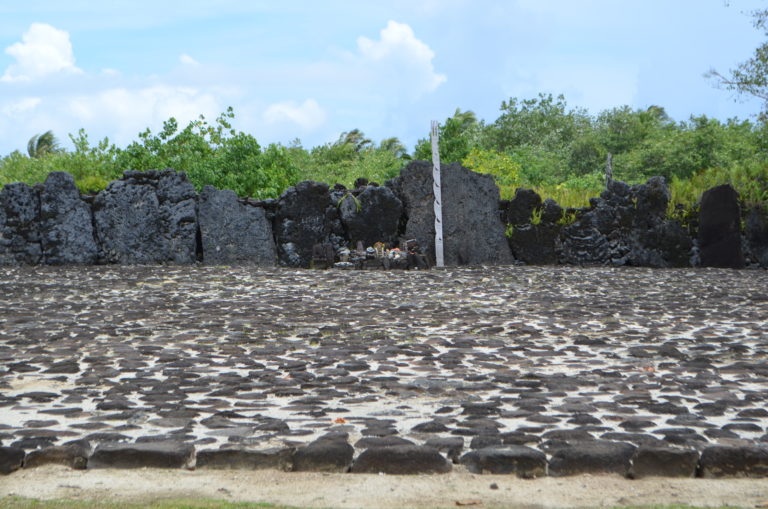
One Comment